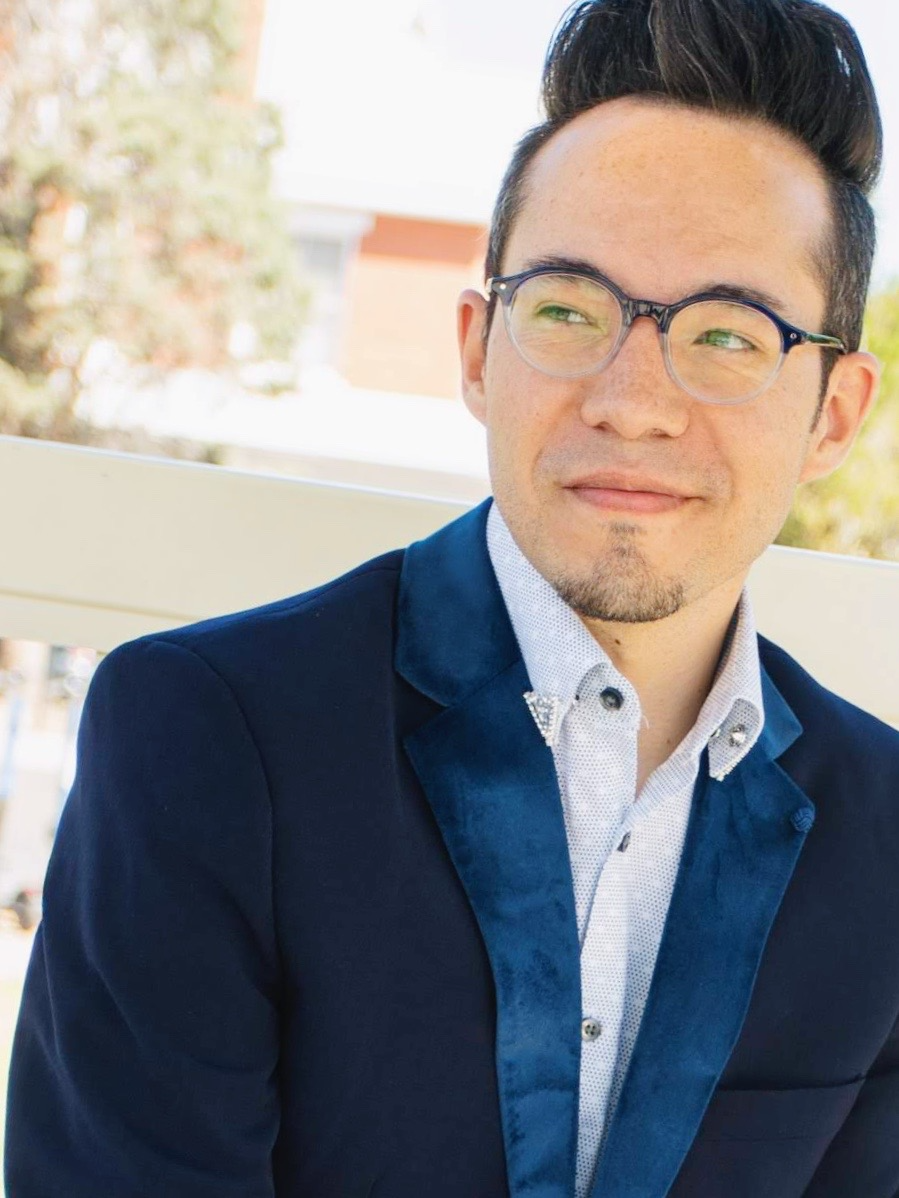‘La Bohème’ reimagined for a new day
/February 2005.By Graydon Royce, Star Tribune.
As Peter Rothstein dug into a bowl of granola and fruit the other morning, he bore the tell-tale signs of insomnia – puffy eyes, flat and sticky hair, a shadowy stubble on his cheeks and chin. He told a reporter he made the best of his nocturnal wakefulness—watching one of the countless wee-hours of World War II documentaries on the History Channel.
The 4 a.m. tutorial served Rothstein’s current theatrical project well. On Saturday, he will set Puccini’s “La Bohème” not in the 1830s, but a century later—on the cusp of the German conquest of Paris. The first two acts will reflect the hopes and dreams of the City of Light before its innocence was lost in the Occupation.
“It’s personal for me,” said Rothstein, the artistic director of Theatre Latté Da. “I’m trying to maintain my pacifist and romantic ideology in our current world, so I’m looking for a time in history that could resonate.”
Rothstein’s “La Bohème” is something of a landmark. It is the first opera he has produced in the troupe’s home, the Loring Playhouse. His music director for the project, Joseph Schlefke, has constructed a new orchestration reflecting a Parisian sensibility, with piano, violin, accordion, guitar, flute and clarinet. And Rothstein has written an entirely new translation for the surtitles that accompany the Italian libretto.
‘La Bohème’ is timeless, artistic director believes
What ties together all the elements, Rothstein said, is approaching the century-old opera as a new work.
“We’re heightening the vulnerability and focusing on the loss of innocence more than the poverty,” he said. “The piece is about vulnerability and romance vs. fear.”
Rothstein said that he feels “La Bohème” is specific to Paris as a location but that it travels fairly easily through time. The more he researched the city’s life during World Wars I and II, the more fascinated he became with the optimism (however misguided) expressed by a population heavy with academics and artists. The first great conflict, they argued, would end all wars. And when that proved wrong, preservation was more important than resistance, he said.
“Parisans wanted to save their art and architecture and literally sat at cafes drinking Champagne while the Nazis marched down Champs Elysées,” he said.
That radical pacifism fascinated him. In considering Puccini’s score, he noted the contrast between the first two acts – bubbly and light – and the third and fourth acts, which brood with darkness. While Puccini used the plight of starving and sick artists to fit that difference in tonality, Rothstein felt the war conquest offered a stronger progression.
The Bohemians “La Bohème” debuted in Turin, Italy, in 1896. Working from Henry Murger’s sketches of Parisian Bohemian life, the Italian composer created delicate characters full of hope and tragedy.
It has inspired dozens of knockoffs – most notably the recent musical “Rent.” Whereas Puccini used tuberculosis as the heartless face of fate, Jonathan Larsen expressed that same life cruelty with AIDS.
Director Baz Luhrmann has contributed two homages since 2000 – the florid but inventive film “Moulin Rouge”and a new look at the opera itself, which hit Broadway in 2003. Critics and audiences took particular note of the production because Luhrmann moved it to the 1950s and shaved the orchestra down to Broadway size.
Rothstein cut even deeper, and he believes the change will reflect itself in Latté Da’s production. For example, he points out, he has employed a fairly young cast.
He doesn’t need a powerful, 45-year-old singer to portray the heroine, Mimi, because she doesn’t need to project over a 90-piece orchestra in a 2,000-seat hall. Some of the smaller-scale arias will be done just with guitar. Schlefke said he wanted his arrangements to reflect the French cafe scene with some significant variations to break the fatigue.
Set designer Mike Hoover laughed at the suggestion that it seems as if each time Latté Da gets onto the Loring stage, the set it bigger and more ambitious than the last.
“Well, we don’t want to take a step back,” he said.
It does appear, at least in the model, that Rothstein and Hoover have designs on more square footage than ever. The set’s primary motif is a painting that Rothstein discovered by Minneapolis artist Nicholas Harper. Titled “Bonjour Tristesse” (“Hello to Sorrow”), the image of a woman strongly suggests surrealism in dark blues and reds.
Hoover modeled arches, walls, doors and rooms, all bearing images from the Harper painting.
“We wanted realistic architectural elements that are treated in non-naturalistic ways,” he said.
Field trip Rothstein spent 10 weeks last autumn in Italy, living on the same Umbrian and Tuscan soil that Puccini trod. The composer was born in Lucca and composed “La Bohème” at his lake home in Torre del Lago. The house is a museum, and the town presents a Puccini festival every summer.
His primary mission on this trip was to study the language so that he could do a fresh translation of the libretto. Sitting in the same spots that Puccini frequented – overlooking the lake, in sidewalk cafes – Rothstein worked on surtitles in the evening and after attending university classes during the day.
However intellectual those pursuits, Rothstein drew even richer knowledge from the spirit of Puccini, present in the atmosphere of rural communities that still revere him. In one small mountain village, Rothstein was greeted at a museum by its 80-year-old curator.
“The joy he had in showing me these things,” he said. “A phonograph that Thomas Edison had sent Puccini after he’d seen the ‘Bohème’ premiere in New York. On the wall was a palette with a photo of Puccini. It was his opening-night present.”
His objective in the translation was to find the spirit and poetry of Puccini, rather than a word-for-word rendering. At a recent rehearsal, Rothstein said he still needed to edit, to determine what was really necessary to tell the story of what could be dropped.
“We’re very literature-based,” he said of Americans. “In good opera, the music is more than a character; it’s a huge part of the dramatic action.”
For all the ambition, Rothstein has a good deal riding on the project. Just the new orchestration and translation would constitute a bold foray. The young cast, the small music ensemble and the change in time setting only add to the challenge.
“It doesn’t feel like a deconstruction,” he said. “We’re trying to honor Puccini’s spirit but also the characters.”


